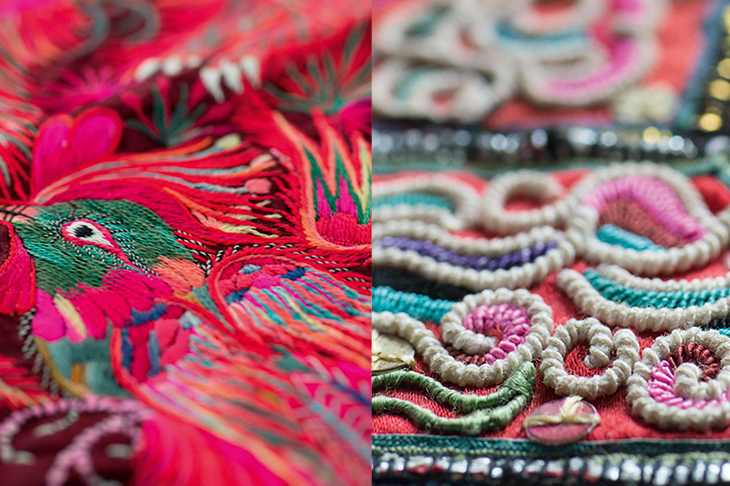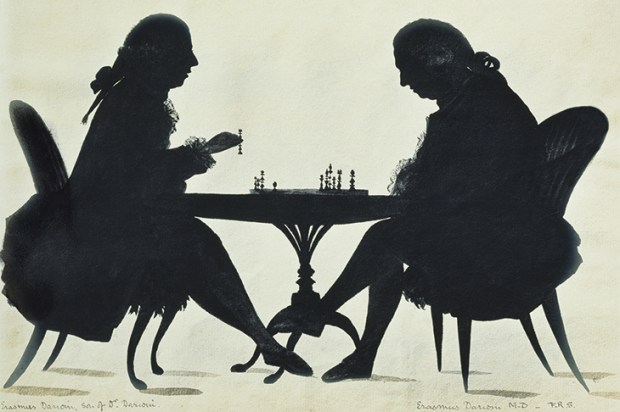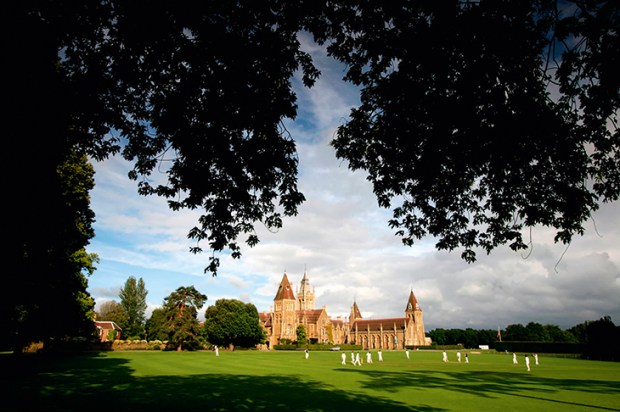In this unusual book, part memoir, part history, Clare Hunter offers a personal meditation on the textile arts. Sewing and its associated skills have been coded as female, and the expertise required to master them has been trivialised. Hunter describes how when women demonstrate intricate embroidery or stitching, a man can be guaranteed to crack a joke about how his trousers need hemming or a button needs sewing on.
But embroidery was not always so devalued. Royal families commissioned it for clothing and wall hangings to demonstrate their wealth and power. During the high point of medieval English embroidery (Opus Anglicanum), it was desired all over Europe. Gold thread created shimmering effects, and meant that each piece was worth a fortune. The greatest cathedrals in Europe featured the work of English craftswomen. Today, many examples only survive because they were taken abroad: the Reformation and English Civil War destroyed most of them at home.
Cultures around the world have used embroidery to give religious and spiritual meaning. Hunter describes how different communities dress babies to ward off evil forces, and use embroidered garments to convey identity. It is not just the wearing of these items, but the making of them, that creates social value. Family members have different roles in helping to make significant items. Even strangers can be involved: for Japanese soldiers’ belts, the maker would head to a crossroad and ask each passer-by to sew a stitch. The resulting belt was imbued with strength from so many hands.
It’s easy to forget that something we see now as simply decorative could have held such significance. Hunter explains that even pompoms are not just cute decorations, but historic talismans of safety from devils. Their presence on children’s hats comes from a wish for protection from danger. It’s interesting to be reminded of the spiritual origins of things we often overlook.
Threads of Life is made up of short chapters on themes, describing dis-parate uses of sewing and its meanings. In one, we learn how needlework became a form of recovery for soldiers after the first world war. Commissioning their work was a way of supporting the men — they made embroidered altarpieces among other items. Even though this was ‘women’s work’, it was regarded as a good way for these soldiers (often with injuries that meant they couldn’t return to their previous professions) to earn a living. Moreover, they worked together, embroidering large pieces that could be made by a group.
The nature of embroidery (like other textile arts) as a communal activity is a theme Hunter returns to. Historically, it was a way for women to bond, and spend time together. She has seen the value of this shared enterprise, working with prisoners and patients to use sewing to aid their recovery. A common goal helps people focus, and contributing to a tangible outcome restores confidence.
Hunter has had a long career in textiles, including making banners for the miners’ strike and travelling to learn about the cultures of embroidery in different parts of the world. She writes of these experiences as she describes visiting embroideries and quilts in museums, and studying not only the technical aspects of their construction but the society from which they have sprung. Her own connections to Glasgow’s history of design means she devotes a long section to the role of embroidery in that city.
Different examples have their own meanings — from the embroidered skirt made by Mary Queen of Scots as a present for Elizabeth I, to the small fabric tokens women left with their babies at the Foundling Hospital in London, in the hope of one day recovering their offspring (few did, but a matched piece of fabric did enable at least one woman to identify her child when she came back for him eight years later). Quilts and textiles have also played a role in activism in the modern world, from trade union banners to suffragette flags, and projects such as the Aids memorial quilt, made up of more than 48,000 panels.
If you are interested in the ways people have used needlework for identity, resistance and community, Hunter offers a range of examples, interlaced with her own history. I was especially moved by her account of quilts made by women interned by the Japanese in Singapore during the second world war.
Unfortunately, her publishers have not done Hunter any favours in the production of this book. Elizabeth I’s spymaster was Francis Walsingham (Frances was his daughter); the 14th-century writer was Christine de Pisan (not Pison) etc. There are also mentions of specific quilts or textiles without any indication of where they are — if in private collections or available to be visited in a museum — which is a drawback. Some more illustrations of the works described would also have been an asset.
Got something to add? Join the discussion and comment below.
Get 10 issues for just $10
Subscribe to The Spectator Australia today for the next 10 magazine issues, plus full online access, for just $10.
You might disagree with half of it, but you’ll enjoy reading all of it. Try your first month for free, then just $2 a week for the remainder of your first year.














Comments
Don't miss out
Join the conversation with other Spectator Australia readers. Subscribe to leave a comment.
SUBSCRIBEAlready a subscriber? Log in